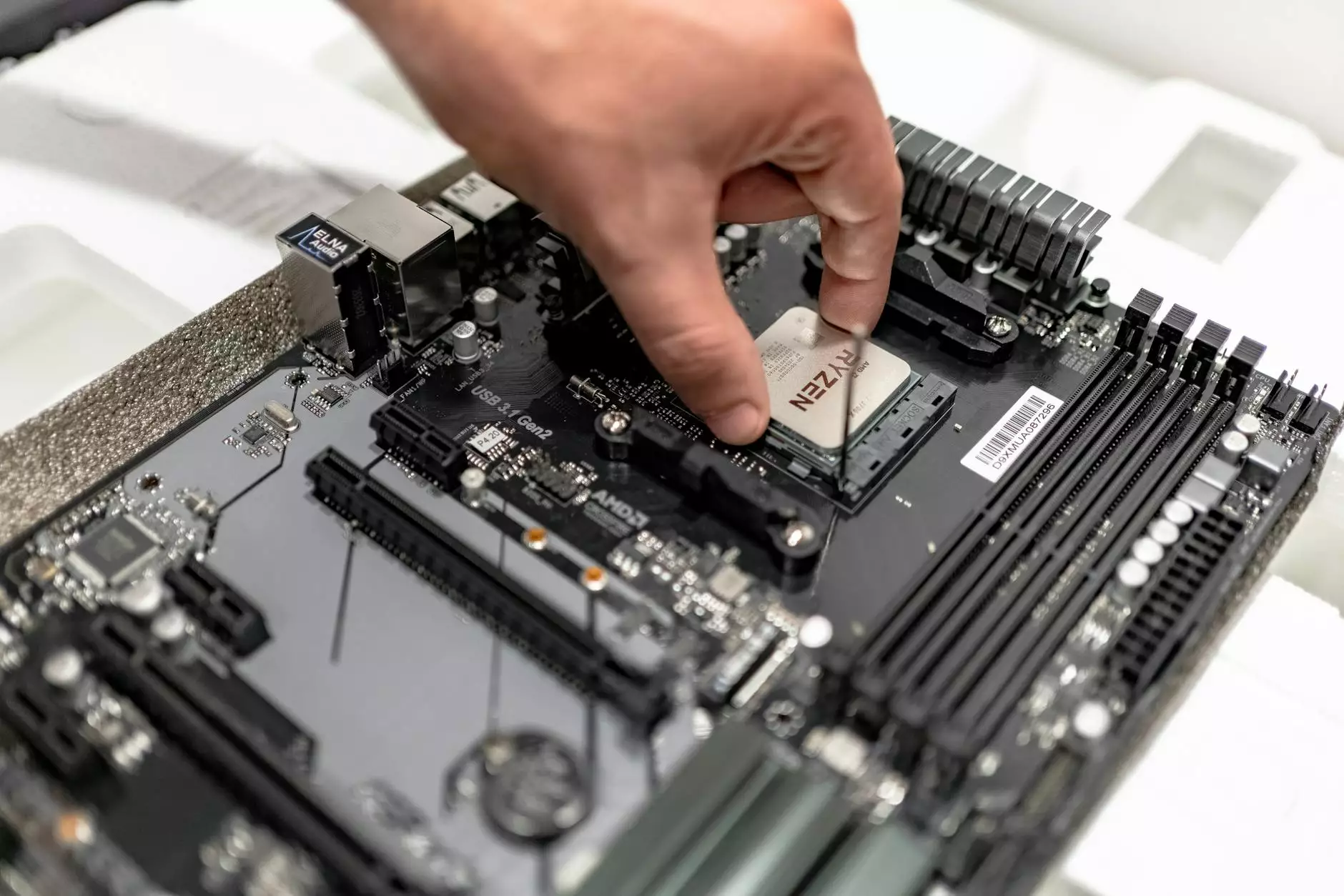Understanding Payroll for One Employee: A Comprehensive Guide

Payroll is a crucial aspect of managing any business, whether it's a sprawling corporation or a solitary entrepreneur. When it comes to handling payroll for one employee, understanding the nuances can greatly enhance operational efficiency and ensure compliance with applicable regulations. This article delves into everything you need to know about payroll for one employee, ranging from calculations to compliance tips.
What is Payroll?
Payroll refers to the list of employees who are entitled to receive payment from a business, as well as the process of calculating this payment. It includes not only wages but also deductions for taxes, benefits, and other withholdings. For a single employee, the payroll process is simplified, but it still requires careful attention to detail.
Key Components of Payroll for One Employee
1. Understanding Employee Classification
Determining the classification of your employee is essential. They can be classified either as an employee or an independent contractor. This classification influences how payroll taxes are handled and reported.
2. Payroll Taxes
When running payroll for one employee, you must account for different taxes, including:
- Federal Income Tax: Withholding requirements and tax rates depend on the employee's earnings and W-4 form.
- FICA Taxes: This includes Social Security and Medicare taxes, which must be withheld and matched by the employer.
- State and Local Taxes: Depending on your location, you may also need to withhold state taxes or local taxes.
3. Wages and Salary
Deciding how to pay your employee—whether through hourly wages or a fixed salary—can impact the payroll process. It's essential to determine the hourly rate or the annual salary beforehand and to communicate this clearly to the employee.
Setting Up Payroll for One Employee
Step-by-Step Process
Setting up payroll for a single employee involves several steps:
- Gather Employee Information: Collect personal information, including the employee's Social Security number, address, and bank details for direct deposit.
- Choose a Payroll System: Decide if you want to manage payroll manually, use software, or outsource it to a payroll service. Each has its benefits and drawbacks.
- Calculate Gross Pay: For hourly employees, multiply hours worked by the hourly rate. For salaried employees, divide the annual salary by the number of pay periods.
- Deduct Taxes and Other Withholdings: Determine what deductions to apply based on the employee's earnings and applicable laws.
- Issue Payment: Choose a payment method (check, direct deposit, etc.) and ensure timely payments to meet deadlines.
- Maintain Records: Keep accurate records of all payroll-related documents for tax purposes and compliance.
Best Practices for Payroll Management
Managing payroll effectively, even for one employee, requires diligent adherence to best practices. Here are some techniques to consider:
1. Stay Compliant with IRS Regulations
Understanding federal and state payroll regulations is crucial for avoiding penalties. Ensure you are familiar with IRS guidelines regarding payroll taxes and reporting requirements.
2. Keep Accurate Records
Maintain thorough records of each payroll cycle, including:
- Pay Stubs: Details of gross pay and deductions.
- Timekeeping Records: Hours worked and time-off requests.
- Tax Forms: Ensure you file the necessary forms like W-2s and 1099s as required.
3. Use Payroll Software
Consider utilizing payroll software to automate processes, ensure accuracy, and simplify tax filing. These tools can help manage complex calculations seamlessly.
The Advantages of Efficient Payroll Management
Managing payroll efficiently for one employee can yield various benefits:
- Time Savings: Efficient payroll processes allow you to focus on core business activities rather than getting bogged down in calculations.
- Employee Satisfaction: Timely payments enhance employee morale and trust in the business.
- Compliance Assurance: Staying compliant helps avoid costly fines and penalties from regulatory bodies.
- Improved Financial Planning: Understanding payroll expenses aids in better budget management and financial forecasting.
Understanding Payroll Deductions
Payroll deductions can be categorized into two primary types:
1. Mandatory Deductions
These include:
- Federal Income Taxes
- Social Security Taxes
- Medicare Taxes
- State Income Taxes (if applicable)
2. Voluntary Deductions
Employees may also elect for voluntary deductions such as:
- Health Insurance Premiums
- Retirement Contributions
- Flexible Spending Accounts
Common Payroll Mistakes to Avoid
Even in simplified payroll situations, common pitfalls can occur. Here are mistakes to watch out for:
- Inaccurate Employee Classification: Misclassifying employees can lead to legal issues.
- Neglecting to Update Tax Information: Changes in tax laws can impact deductions, so it’s crucial to stay updated.
- Missing Deadlines: Late filings can result in fines; always track your payroll calendar.
Conclusion
In summary, handling payroll for one employee may seem straightforward, but it requires organized processes, understanding of tax regulations, and attention to detail. By setting up an efficient payroll system, ensuring compliance, and leveraging technology, you can streamline the payroll process, thereby focusing more on growing your business and fostering a positive relationship with your employee. For professionals in the field of accounting and taxation, understanding these components is invaluable. If you're seeking assistance, consider reaching out to expert financial services, accountants, or tax services at taxaccountantidm.com for personalized guidance.
payroll one employee








